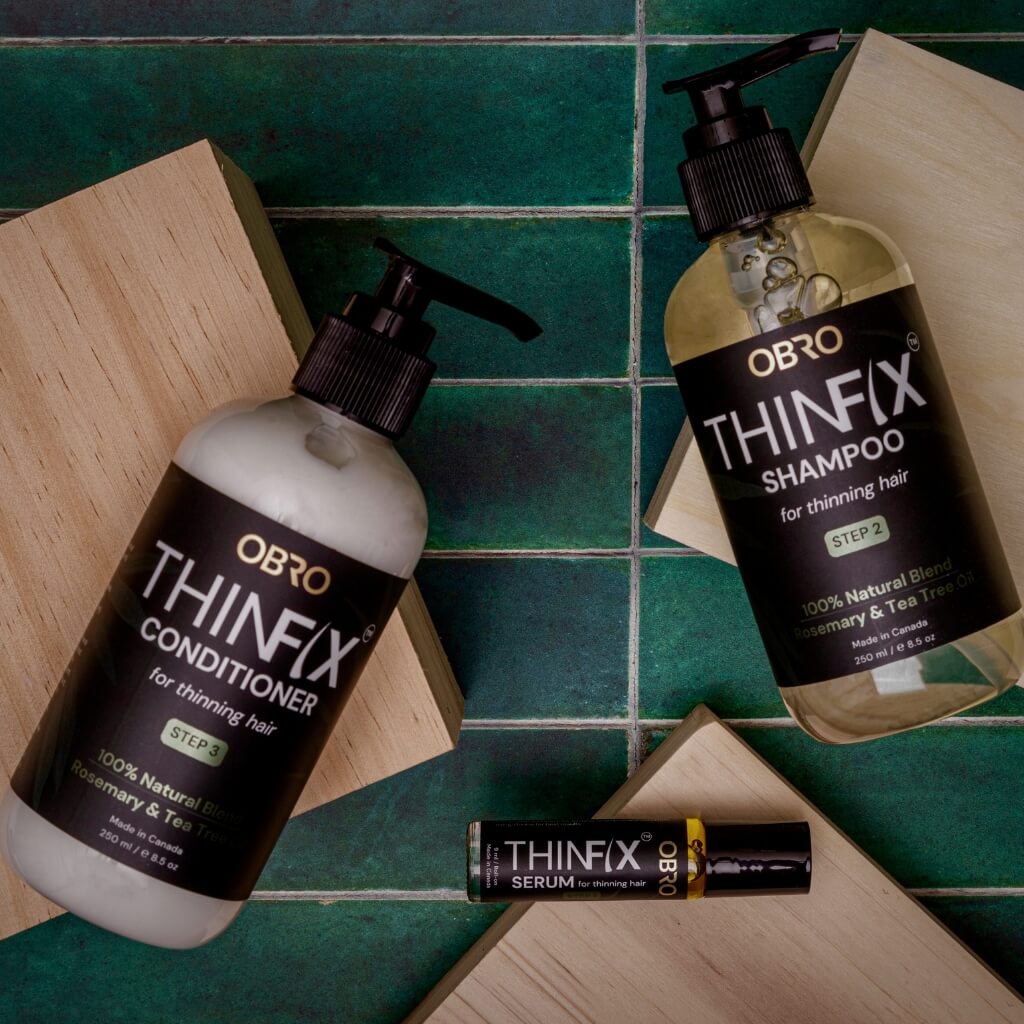What to Look for in a Natural Deodorant (and What to Avoid)
Switching to a natural deodorant can feel like a refreshing journey into better health for your skin and the environment. Yet, with countless products on the market, it can sometimes be confusing to break away from conventional formulas. The key is to understand which ingredients support your body’s natural balance and which ones you’d be better off avoiding. Let’s dive into the essentials of a good natural deodorant and the pitfalls you should steer clear of.
The Benefits of Natural Deodorants
Natural deodorants are created with skin-friendly, plant-based ingredients that not only mask odor but also work gently with your body’s natural chemistry. Many of these products forego the synthetic chemicals and aluminum compounds common in traditional antiperspirants. Instead, they embrace ingredients like coconut oil, essential oils, and baking soda alternatives to keep you feeling fresh throughout the day. This approach not only minimizes irritation but also supports a more environmentally friendly lifestyle.

What to Look For
1. Clean, Recognizable Ingredients
When scanning a label, choose formulas that list natural components—think ingredients such as:
- Coconut Oil: Known for its natural antibacterial properties and soothing texture.
- Shea Butter: Helps keep the skin moisturized and forms a protective barrier.
- Plant-Based Waxes (e.g., Beeswax or Carnauba Wax): Used for their natural binding and soothing properties.
- Essential Oils (e.g., Lavender, Tea Tree, or Eucalyptus): Provide antimicrobial benefits and a subtle, natural fragrance.
These ingredients contribute to a formula that works effectively without disrupting your skin’s natural pH balance.
2. Baking Soda Alternatives for Sensitive Skin
Many natural deodorants use baking soda for its odor-neutralizing properties. However, for those with sensitive skin, baking soda can sometimes cause irritation. Look for formulations that use gentler alternatives such as:
- Arrowroot Powder or Cornstarch: These help absorb moisture without the abrasive effects that baking soda may have.
- Kaolin Clay: Offers a mild, soothing action while helping to control odor.
Adjusting the formula with these alternatives can make the deodorant suitable for those prone to skin sensitivities.
3. Transparency in Sourcing
Quality natural deodorants often come from brands that emphasize transparency in sourcing. Look for products that:
- Confirm Ethical Sourcing: Whether it’s fair-traded essential oils or sustainably harvested ingredients.
- Avoid Harmful Preservatives: Choose deodorants that rely on natural preservation methods rather than synthetic chemicals, which can be harsh on the skin.
A brand’s commitment to ethical sourcing can be a sign of genuine care for both your health and the environment.
What to Avoid
1. Harmful Chemicals and Aluminum Compounds
One of the primary reasons many people switch to natural deodorants is to steer clear of aluminum salts, which are commonly used in conventional antiperspirants. These compounds can:
- Potentially irritate the skin
- Interfere with the body’s natural sweating process by blocking pores
Choosing a natural alternative means embracing formulas that allow your body to regulate sweat naturally.
2. Synthetic Fragrances and Dyes
Synthetic fragrances may create an appealing scent, but they are often linked to allergies and sensitivities. Similarly:
- Artificial Colors: Do little more than alter the appearance of the product and can sometimes irritate sensitive skin.
- Parabens and Phthalates: These chemical preservatives can disrupt hormonal balance when absorbed through the skin.
Instead, opt for deodorants that use essential oils or naturally derived fragrances for a gentler, organic touch.
3. Excessive Use of Irritants
While natural ingredients are generally friendlier on the skin, even natural substances can cause irritation if used in excess or if you have sensitive skin. Even with baking soda alternatives, it’s smart to:
- Test a Small Area: See how your skin reacts before committing to daily use.
- Monitor Your Skin: If any ingredient seems to cause redness or discomfort, consider switching to a formula with a milder, balanced composition.
Final Thoughts
Choosing the right natural deodorant isn’t just about swapping one product for another—it’s about embracing a lifestyle that values both your well-being and the environment. By looking for clean, transparent ingredients and avoiding harsh chemicals, you give your body the gentle care it deserves.
Moreover, your experience with a natural deodorant is a unique journey. What works wonderfully for one person may need adjustment for another—listen to your skin. Experiment with different formulations, read labels thoroughly, and embrace the opportunity to discover what makes your body feel most comfortable.
If you’re curious to learn more, consider exploring topics such as the science behind the body’s natural pH balance, how environmental factors influence skin health, or even personal testimonies from those who’ve made the switch to natural personal care. Each layer of understanding deepens your journey into a healthier, more conscientious lifestyle.





